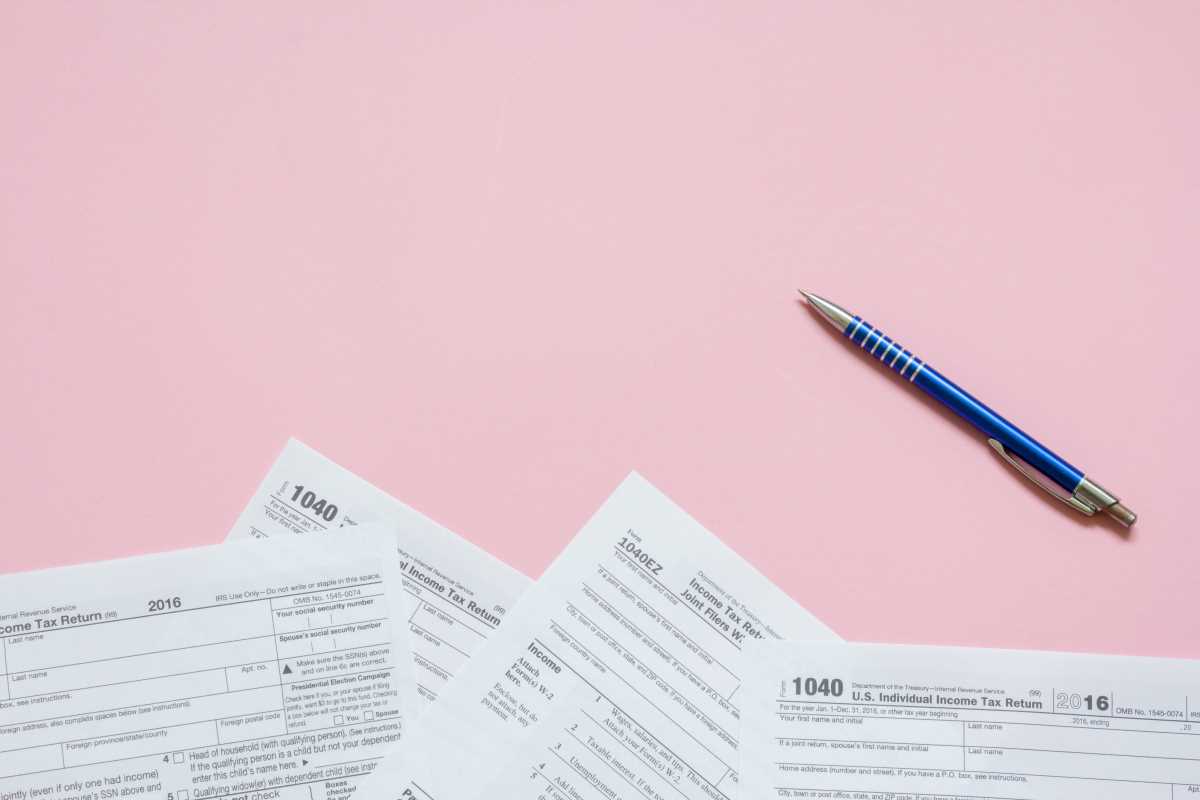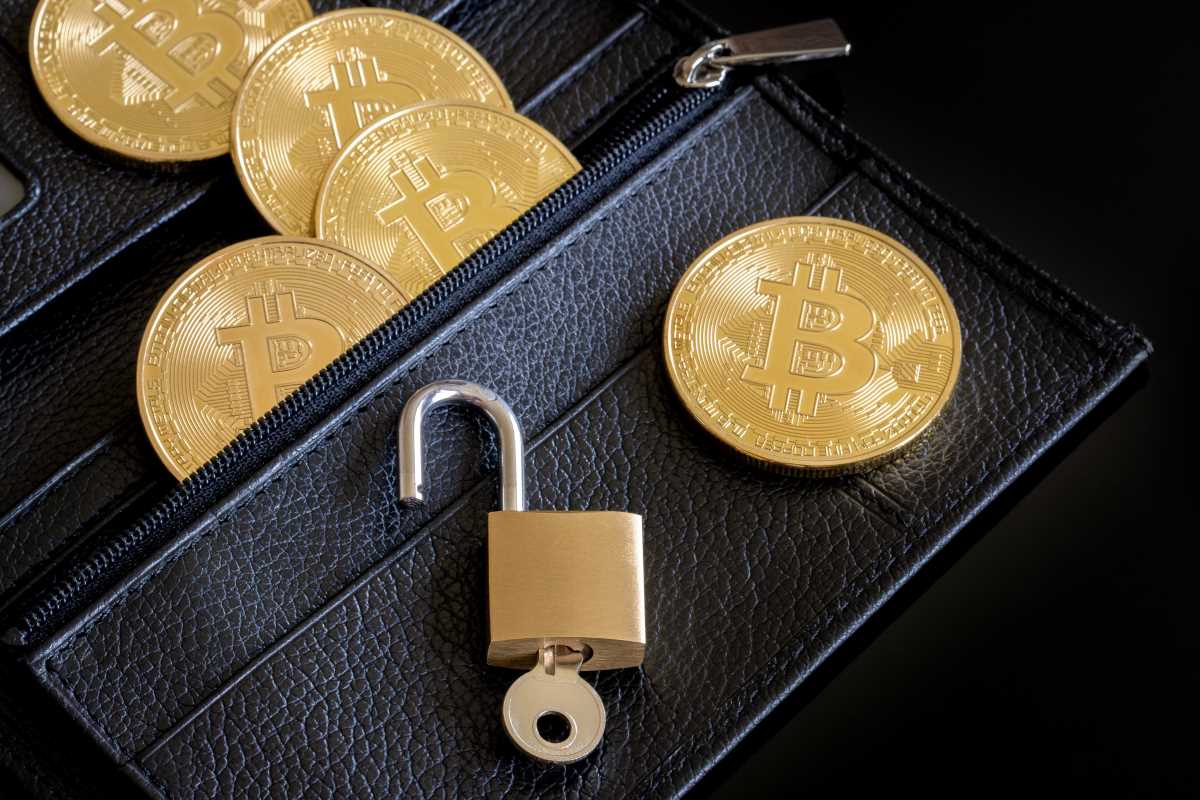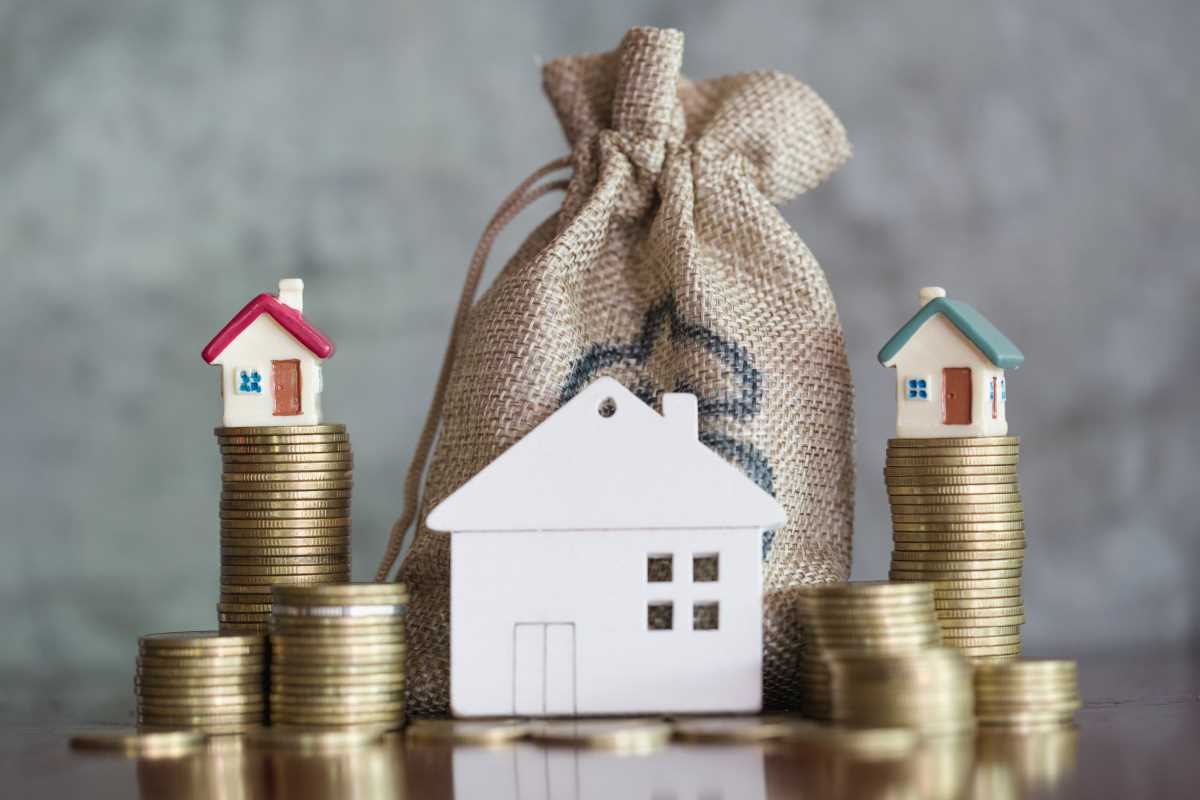Cashback rewards offer a fantastic way to earn a bit more money from your daily expenses. Every time you buy a coffee, shop for new clothes, or settle your bills, these rewards can accumulate and make a meaningful impact on your savings over time. By learning how to make the most of these rewards, you can stretch your budget further and transform ordinary transactions into chances for financial growth. Embracing cashback programs helps you to maximize the value of what you spend, ensuring that each purchase contributes positively to your financial goals.
Understanding Cashback Rewards
- Earn a percentage of your purchase back as cash.
- Applicable to a wide range of products and services.
- Can redeem it as statement credits, direct deposits, or gift cards.
- Often include categories that offer higher cashback rates.
- No expiration dates on most cashback rewards.
- Encourage smarter spending habits by rewarding purchases.
- Available through credit cards, apps, and online platforms.
Setting Savings Goals
Before diving into cashback methods, you should establish clear savings goals. Start by identifying what you want to achieve—whether you aim to build an emergency fund, save for a vacation, or invest in education. Having specific targets will give your savings direction and purpose.
Next, determine how much you need to save and set a timeline for reaching your goals. Break down the total amount into manageable monthly or weekly targets. This approach makes your objectives less daunting and allows you to track your progress effectively. Remember, consistency is key to accumulating significant savings over time.
Creative Methods to Utilize Cashback
- Automate Your Savings: Set up an automatic transfer of your cashback rewards to a dedicated savings account each month. This ensures that your earnings consistently work towards your financial goals without requiring manual intervention.
- Reinvest in Investments: Use your cashback to invest in stocks, bonds, or mutual funds. Reinvesting can help your money grow over time, using the benefits of compound interest.
- Pay Down Debt: Apply cashback rewards to pay off high-interest debts like credit card balances. Reducing debt saves you money on interest and improves your financial health.
- Enhance Your Budget: Incorporate cashback into your monthly budget. Allocate the rewards to specific categories such as groceries, entertainment, or utilities to balance your spending and saving.
- Create an Emergency Fund: Build a safety net by directing your cashback towards an emergency fund. Having funds readily available provides peace of mind and financial security during unexpected events.
- Reward Yourself: Occasionally treat yourself with your cashback rewards. Celebrating small milestones keeps you motivated and makes saving more enjoyable.
Tracking and Maximizing Rewards
To make the most of your cashback rewards, you should keep track of them regularly. Use financial apps or spreadsheets to monitor your earnings and expenditures. This practice helps you stay aware of how much you accumulate and where your money goes.
Maximize your rewards by aligning your spending with the highest cashback categories. For example, if your credit card offers extra cashback on groceries and dining, prioritize those expenses. Take advantage of bonus promotions and limited-time offers to boost your earnings further.
Common Mistakes to Avoid
- Neglecting to pay off your credit card balance, which leads to interest charges that negate cashback benefits.
- Forgetting to activate or use cashback offers, resulting in missed opportunities.
- Overspending just to earn cashback, which can lead to unnecessary debt.
- Not keeping track of reward expiration dates, causing you to lose earned cashback.
- Failing to review and adjust your cashback plan as your financial situation changes.
Avoiding common pitfalls can help you effectively use cashback rewards to boost your finances. Start today to steadily grow your savings.
.jpg) (Image via
(Image via





